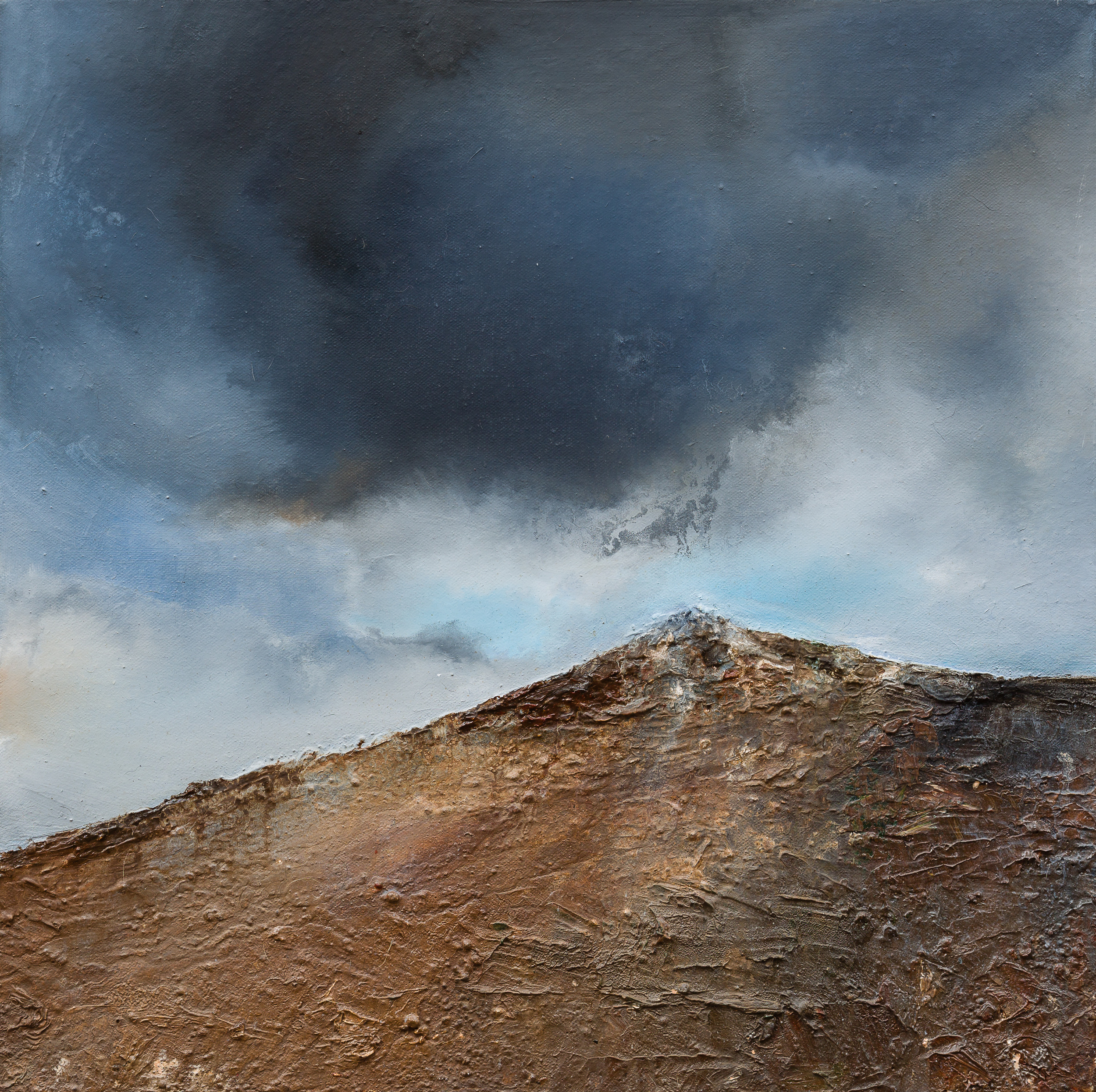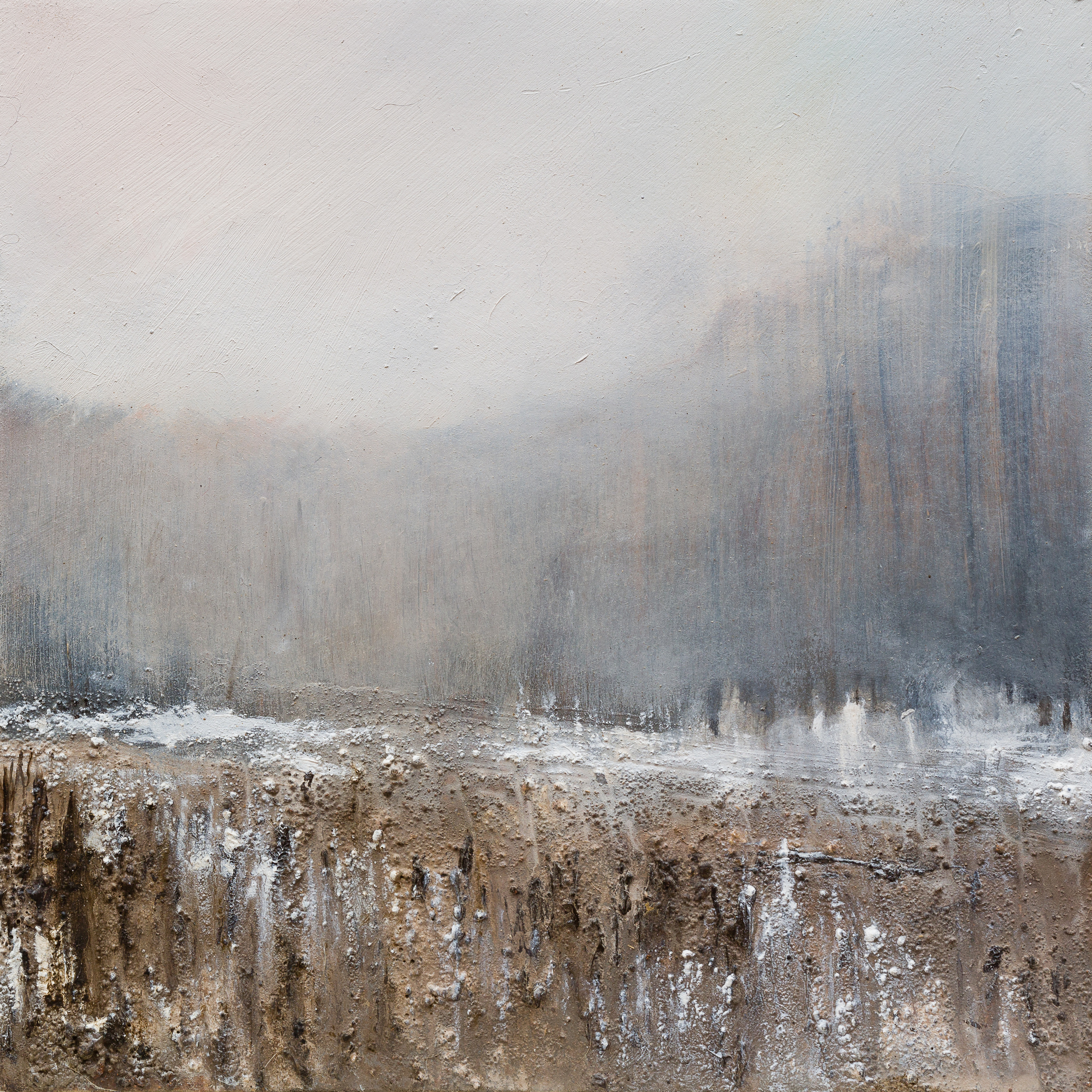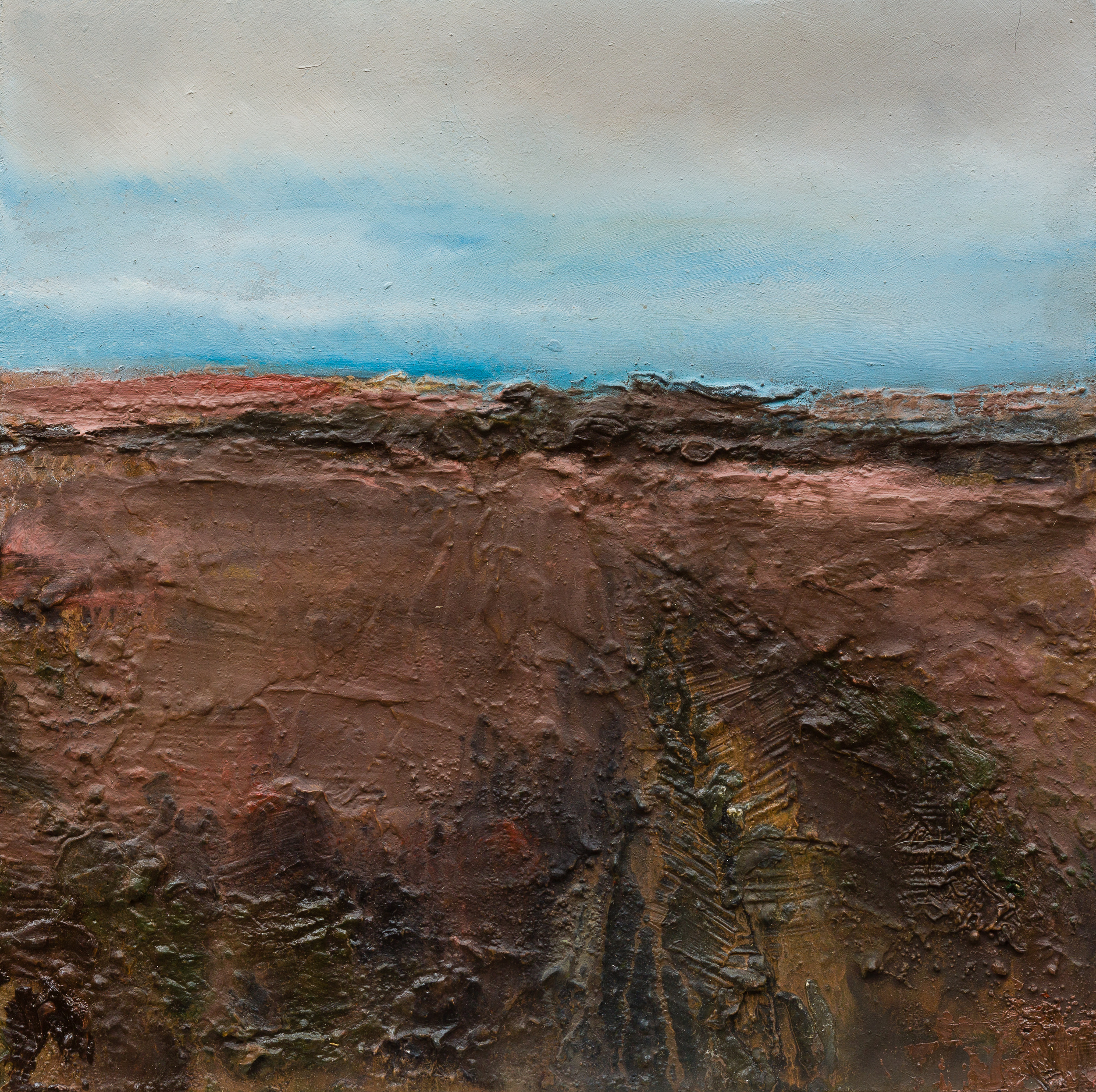Camphor | A Lawrentian Shadow.
MARK SPRAY | Camphor | A Lawrentian Shadow.
“As a seven year old child, I was taken on a school trip to the home of D.H. Lawrence. I remember sitting on the floor and being given a slate to write on. I failed to do what was asked of me and was caught drawing on the slate instead of writing, which was apparently a very bad thing to do. My small - but to me significant - rebellion continues.”
Mark Spray 2013
A Shared Experience
The landscape in which painter Mark Spray spent his formative years are those same landscapes which informed D.H. Lawrence’s early life, and became a rich creative seam that ran through much of his literary work. Similarly, Spray’s love of poetry and literature has remained the principal source of inspiration behind his painting, forming the foundation of a creative dialogue between the power of words, experience of place and expression of self. Driven by this and a deeply personal, contemplative relationship with the landscape, he has forged a career as a focused and uncompromising contemporary artist. Evoking the true essence of ‘place’, Spray’s mixed media works are composed of oil paints and a wealth of natural materials collected from the landscape.
This exhibition of new work is principally inspired by the poetry of D.H. Lawrence, whose presence in Spray’s consciousness originates from their shared experience of childhood place. Further to that simple connection, over the years Spray and Lawrence have walked many of the same paths. Having left rural Derbyshire to settle in the equally inspirational landscape of West Cornwall, Spray got to know the moors and cliff tops of Penwith firstly through the paintings of Patrick Heron, Bryan Wynter and the writings of Virginia Woolf, only later discovering a connection with Lawrence, who spent time living at Tregarthen near the coastal village of Zennor whilst writing his acclaimed novel Women In Love.
The Cleansing Fire
Used as a symbol of transition in some religious ceremonies, Camphor burns very brightly when ignited before vanishing completely, and represents the burning of the ego in the fire of knowledge. This idea of the cleansing fire, of the past being reborn into the present is a concept and a symbol adopted by D.H. Lawrence in his poem Pheonix, which asks “Are you willing to be made nothing? dipped into oblivion? If not, you will never really change.” The final day of this exhibition coincides with Mark Spray’s 40th birthday. Traditionally a moment of nostalgia and self evaluation, when personal histories are unpacked, truths accepted and regrets forgotten, this landmark event in the human life is also celebrated as a metaphorical rebirth, a gateway to a new and optimistic future. These ideas of ending and renewal are encapsulated, amongst other works, in Spray’s painting Shadows, begun on the longest day of the year and finished on the winter solstice, and inspired by Lawrence’s unique poetic testament to mortality and immortality:
Shadows
And if, as autumn deepens and darkens I feel the pain of falling leaves, and stems that break in storms and trouble and dissolution and distress and then the softness of deep shadows folding, folding
around my soul and spirit, around my lips so sweet, like a swoon, or more like the drowse of a low, sad song singing darker than the nightingale, on, on to the solstice and the silence of short days, the silence of the year, the shadow, then I shall know that my life is moving still with the dark earth, and drenched with the deep oblivion of earth’s lapse and renewal.
D. H. Lawrence
Each of the landscapes in this collection of physically and emotionally textured paintings, which include drawings, works on canvas and a number of works on old school slates with the poetry of D.H. Lawrence scratched into the wooded surround, have played significant roles in the artist’s life. Taking in woods, reservoirs, moorland, cliff tops, beaches, farm land and cityscapes, locations include Moorgreen Reservoir, Felly Woods and D.H. Lawrence’s birthplace of Eastwood in Nottinghamshire, as well as Zennor, Wicca, Bosigran, Tregarthen, Pendeen and Porth Cothan in Cornwall and Parliament Hill in London.
This highly personal collection of works represents the artists long held and ongoing relationship with both the landscape and the works of one of the worlds most influential writers.
Mercedes Smith







































